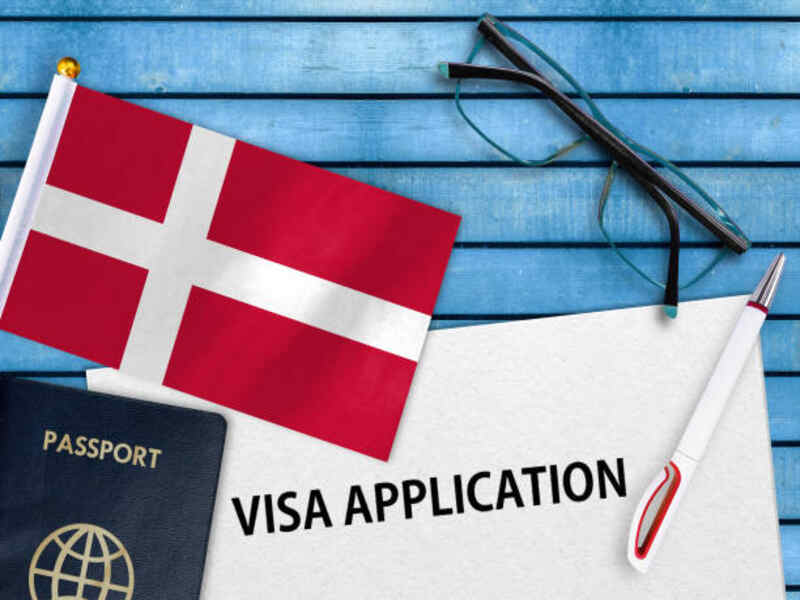


This guide offers top tips to help you navigate the system, making it easier to plan your trip confidently
Navigating Denmark visa requirements can seem complex, but with the right guidance, the process becomes much smoother. Denmark, part of the Schengen Zone, has visa guidelines that vary depending on your travel purpose, stay duration, and nationality. Whether you’re planning a short visit to explore the country’s charming cities or a longer stay for work or studies, understanding the visa categories and application steps is essential to avoid delays and complications.

Selecting the appropriate visa category for your trip is the first step in the visa application process. According to your purpose, Denmark offers a variety of visa types, such as the Schengen short-stay visa for tourists, business travelers, and short-term students, as well as long-term visas for employment, family reunion, or education. Applying for the incorrect type of visa can result in delays or rejections, so make sure your purpose fits the requirements.
Many visitors from Schengen and some other nations can enter Denmark without a visa for stays shorter than ninety days. For brief visits, citizens of the U.S., Canada, and Australia, as well as those of the EU and EEA countries, are exempt from the need for a visa. You’ll save time and paperwork if you’re eligible for this exemption, but make sure to confirm your eligibility and stay restrictions.
The secret to a successful visa application is assembling the necessary paperwork. A filled-out application, a valid passport, recent passport-size photos, travel insurance, proof of lodging, and adequate funds are required for a short-stay visa. Additional documentation, such as employment contracts, academic records, or evidence of family ties, may be required for long-term visas. Making sure your documentation is accurate and comprehensive will help expedite the process and increase the likelihood that your application will be accepted.
Denmark advises applying for a visa at least 15 days prior to the date of travel, but it’s usually a good idea to apply three to six weeks beforehand, particularly during busy times of the year. Early application takes care of any unforeseen delays and gives enough time for processing. For information on when and how to apply, visit the official website of the Danish embassy or consulate in your nation.
Filling out an online application, paying the required amount, and making an appointment at a Danish consulate or embassy are the steps involved in applying for a Denmark visa. According to new regulations, the cost of a short-stay Schengen visa is typically about 80 euros, though children and other groups may be eligible for a fee reduction. You’ll present your documentation, provide biometrics, and possibly go through a quick interview to talk about your travel plans during your appointment.
Having current travel insurance is one of the prerequisites for obtaining a Denmark Schengen visa. Up to €30,000 must be covered by this policy for accidents, medical emergencies, and repatriation within the Schengen Zone. Although many applicants forget this, having sufficient insurance coverage is essential because it not only satisfies visa requirements but also safeguards your finances while traveling.
Using the tracking system provided by the embassy or consulate, you can track the status of your application online after it has been submitted. This keeps you informed about when you might get your passport and visa. Schengen short-stay visas can be processed in as little as 15 days, but long-term visas can take longer.
Upon arrival in Denmark, border officials may request to check your documentation, even if your visa has been approved. Keep your supporting documentation with you, such as your passport, proof of lodging, travel insurance, and the details of your return flight. Be ready to respond to inquiries about the reason for your trip, the duration of your stay, and your financial situation.
Securing a Denmark visa is straightforward when you follow the necessary steps and are well-prepared. From identifying the correct visa type to gathering essential documents, each step helps streamline your application process. With requirements like travel insurance, proof of funds, and a clear purpose for visiting, Denmark’s visa process ensures that applicants are well-prepared for their stay.
